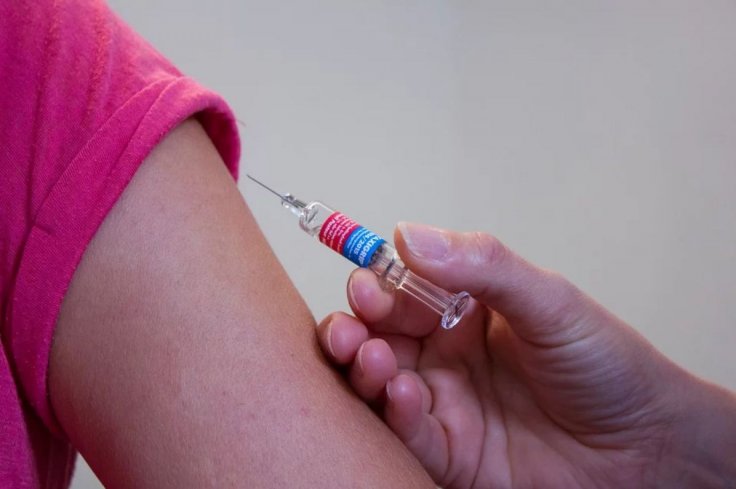Tuberculosis(TB) claims thousands of lives and afflicts thousands more every year. A large population contracts this life-threatening disease in spite of being vaccinated. However, this could change soon as a study claims that intravenous TB vaccination can provide protection against the disease at a level that standard vaccination cannot.
The study was conducted by researchers from the National Institute of Allergy and Infectious Diseases (NIAID) and the University of Pittsburgh School of Medicine. According to the study, intravenous administration of TB vaccines in monkeys showed that the specimens that received the new form of vaccination developed massively increased immunity to the disease. "The effects are amazing," said JoAnne Flynn, senior author of the study, in a statement.
Current TB vaccination
The current form of TB vaccination for human beings is known as Bacille Calmette-Guérin (BCG) vaccine and has been in existence for over eight decades. It is made using a weakened and live form of TB bacteria that is found in cattle. The BCG vaccine is also used as a form of immunization against leprosy in certain countries.

What is interesting is that despite being a mainstream form of inoculation against TB, the biological interaction between the body and the weakened pathogen has eluded the complete understanding of scientists for decades.
Building on earlier experiments
The study derives its basis from previous experiments conducted by one of its senior authors, Robert Seder from NIAID's Vaccine Research Center. Through his earlier studies, Ceder successfully demonstrated the potency of the malaria vaccine increased when it was intravenously delivered in both humans and animals.
Building on this idea, the researchers divided the colony of monkeys into six different groups. They were: unvaccinated, mist, standard human injection, injection plus mist, stronger dose but same injection route, and a stronger dose of BCG administered a single shot to the vein directly.
Much like human beings, monkeys are highly predisposed to TB infection. This makes them ideal candidates for such experiments. After six months, all the six colonies of monkeys were exposed to the TB bacteria, and the progression of the infection was carefully monitored.
The new form of vaccination out-shined current forms
All the monkeys in the first five groups contracted the disease. The monkeys who were given the standard human dose had constant lung inflammation. The difference in the average level of the pathogen between them and the unvaccinated group was only slightly lesser. The groups that received other forms of vaccination showed moderate level protection against TB.

However, astonishing results were found in the final group of monkeys that received the intravenous vaccine. It provided nearly complete protection and close to nil TB bacteria were found in their lungs. All but one monkey in the group caught the disease.
"When we compared the lungs of animals given the vaccine intravenously versus the standard route, we saw a 100,000-fold reduction in bacterial burden. Nine out of 10 animals showed no inflammation in their lungs," said Flynn.
What makes the difference? The delivery mechanism
T-cells are a form of white blood cells that play an important role in the immunity system of the body. In the lungs of monkeys that received intravenous vaccination, the researchers found BCG and activated T cells. In the other groups, the activity of T-cells was nearly negligible and BCG was unnoticeable in the lung tissue.
"The reason the intravenous route is so effective," Flynn explained, "is that the vaccine travels quickly through the bloodstream to the lungs, the lymph nodes and the spleen, and it primes the T cells before it gets killed."
It could be a while before the new method sees human applications as its safety and practicality in human is yet to be ascertained. "We're a long way from realizing the translational potential of this work," Flynn said. However, she concluded by expressing hope about its eventual human application.









